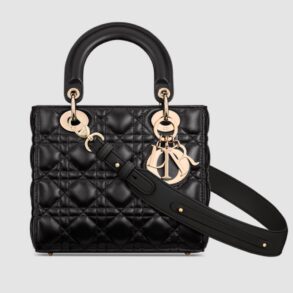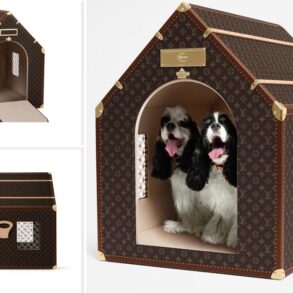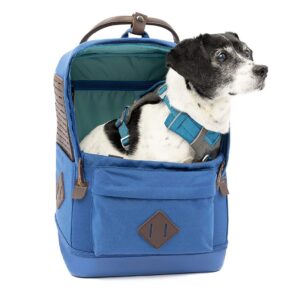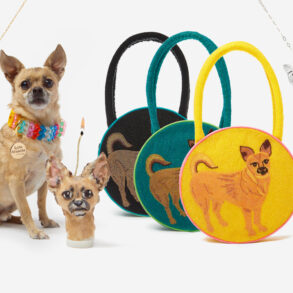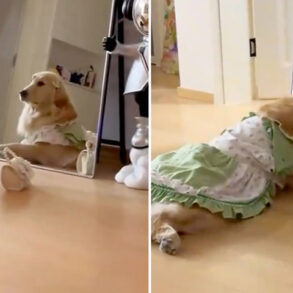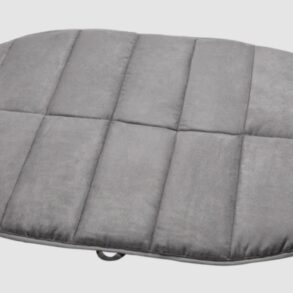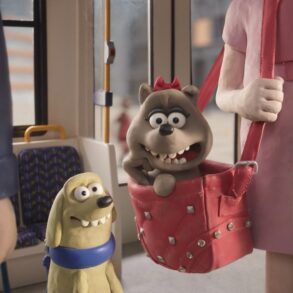
© Steven Pepple/Fotolia
An earlier version of this article was published on the Britannica blog Advocacy for Animals.
Thorstein Veblen, in his 1899 volume The Theory of the Leisure Class, lists lap dogs prominently among possessions symptomatic of what he termed “conspicuous consumption.” That observation has enjoyed renewed vindication with the recent advent of a new wave of obsession over the aptly named “toy dog.” Available in a number of permutations, this miniature canine matures to a size easily accommodated by a tote—or, as likely these days, the crook of a well-oiled bicep. The ofttimes incestuous genetic gymnastics required to produce these ever-more-portable companions, it turns out, have some rather nasty side effects. In order to achieve levels of diminution conducive to habitation in a handbag, unscrupulous breeders often resort to “backcrossing,” or mating dogs to their immediate relatives, in the hopes of increasing the likelihood that the offspring will be equally tiny. The results of these pairings, which may indeed surpass their parents in miniaturization, are beset by a grim array of accompanying congenital disorders decidedly unsuited to accessorizing.
Puppy Love
The human desire to accentuate traits like dwarfism appears to run deeper than recent trends might suggest. It appears that dogs, thought to have been the first kind of animal domesticated (from wolves, about 12,000 years ago), have consistently been selected for a certain set of qualities—among them soft fur, affectionate nature, and tractability—that, as it turns out, mirror qualities exhibited only by wolf puppies. No self-respecting adult wolf would deign to engage in the fawning and begging—or indeed the barking—that have become quintessential of the canine condition. The retention of such characteristics into adulthood is known as neoteny. Neoteny—a phenomenon observed across the biological spectrum, from cacti to salamanders to, some argue, humans—occurs when an organism continues to display juvenile traits even as it sexually matures. While neoteny has occasionally been advantageous in nature—as in the case of certain island birds that have evolved to conserve energy by retaining juvenile wings into adulthood, their insular homes having rendered flight superfluous—toy dogs represent an extreme case. It has been posited that humans possess an innate “cute response” that engenders nurturing feelings toward helpless-looking creatures—a quality advantageous in a species with exceedingly altricial, or undeveloped, offspring. Upon examination, toy dogs seem tailored to superstimulate just that instinct. They are, in essence, fetuses ex utero. Their foreshortened limbs and faces, limp ears, and, in some cases, underdeveloped cardiovascular and respiratory systems are all typical of fetal animals.
Arrested Development
While it might be one thing if the canine genome were infinitely plastic and resilient, the reality is that the genetic medium is limited. The shrinking stature of toy dogs comes at a price—one that can be calculated in terms of neoteny. The foreshortened muzzles of such dogs as “teacup” Chihuahuas, pugs, and Japanese spaniels (Chins) can lead to dental problems and early tooth loss due to insufficient jaw space. Teacup breeds, the smallest type, which sport enlarged heads, often suffer from open fontanels—which are, as many a nervous parent will know, the membrane-covered spaces between bones of the skull that, in normal development, eventually close as the bones grow together. Because the skulls of these unfortunate dogs have been selected to retain fetal characteristics, they remain unfused throughout the dogs’ life, leaving them at risk of brain damage at the slightest injury. Other breeds, such as the King Charles spaniel, are at risk of developing brains too large for their skulls entirely. Many toy breeds also suffer from collapsing trachea disorder: because the cartilage in the trachea is not sufficiently developed, the tissue collapses on occasion, momentarily suffocating the dog. The list goes on: weakened hearts, hair in the ear canals (in the case of some toy poodles), spinal deformities in short-legged dogs such as dachshunds—a veritable freak show of fully avoidable genetic errors.
Please Curb Your Breeder
It is possible to breed these miniature creatures in a responsible manner. Doing so, however, requires patience and planning. An ethical breeder would have to take a far more circuitous route than an unethical one would to develop, say, a line of blue Chihuahuas with long hair, because generations of outcrossing (mating to unrelated dogs) are needed to maintain the genetic integrity of the line and to compensate for the inevitable backcrossing to select for the desired trait. Unfortunately, the relentless pursuit of novel combinations of proportion, color, and coat leads some breeders to take the path of least resistance—and gravest consequence to dogs. Litters produced after several generations of inbreeding usually yield predominantly stillborn or deformed puppies, among which one may be viable, albeit enervated by its weakened genome.
Sadly, with Yorkshire terriers (a breed that, especially in teacup varieties, is a frequent victim of inbreeding) recently surpassing even golden retrievers in popularity in the United States, breeders looking to exploit the expanding market for petite pets are well served to ignore the dictates of genetic ethics and persist in breeding for the bottom line. Without legislation regulating inbreeding, little stands in their way.
Tempest over Teacups
Some have argued that kennel clubs share responsibility for the breeding practices that lead to congenital disorders by virtue of the clubs’ stress on the importance of type—the specifications that breeds are expected to meet in the show arena—over the health problems that might arise through persistent selection for extreme appearance. The American Kennel Club accepts the practice of inbreeding—indeed, considers it unavoidable—though it advises that only experienced breeders attempt it. However, in 2008 the British Kennel Club was motivated by public outcry to review its breed standards in order to eliminate ideals (such as the Pekingese’s drastically shortened face) that carry obvious health liabilities. While such organizations as PETA (People for the Ethical Treatment of Animals) have picketed such major purebred dog events as the Westminster Dog Show in attempts to draw attention to the problem, addressing irresponsible backyard breeding operations and puppy mills is a more challenging proposition.
This post was originally published on this site be sure to check out more of their content.









